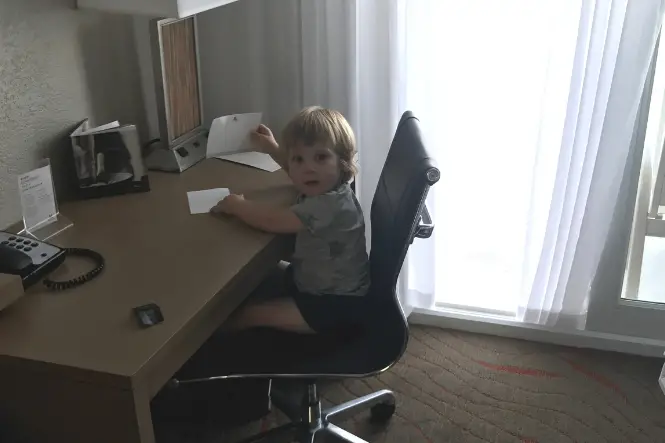It is often difficult to tell if a bone is fractured, but classic signs may be pain, swelling, abnormality or deformity. The general rule is if you think it’s a fracture, treat it as a fracture.
- Make sure the person is comfortable, and ensure they remain as still as possible.
- Try to give them lots of reassurance.
- Unless it is absolutely necessary, do not move the casualty.
- Keep the injured limb supported using your hands to hold it very still.
If the casualty’s wound is bleeding, pressure must be applied to Stem The Blood Flow. Do this using a clean piece of fabric or padding. When possible, dress the wound using a bandage.
If a broken leg is suspected:
- Put something soft between the knees and ankles.
- In order to keep the leg as still as possible, create a splint. Do this by gently bandaging the good leg to the bad leg, above and below the injury. Also, try bandaging the legs together at the knees and ankles.
- Dial 999 for an ambulance.
If you suspect a broken arm:
- Support it by creating a sling out of anything possible, and keep the arm close to the body.
Notes:
Try to raise the injured limb, but be aware that this may cause discomfort and pain to the casualty.
Please be aware that an operation may be necessary, so do not allow the casualty to eat or drink anything.
Remain vigilant for signs of shock.
The casualty could become unconscious. If this happens follow the DRABC sequence, see our article on First response.






